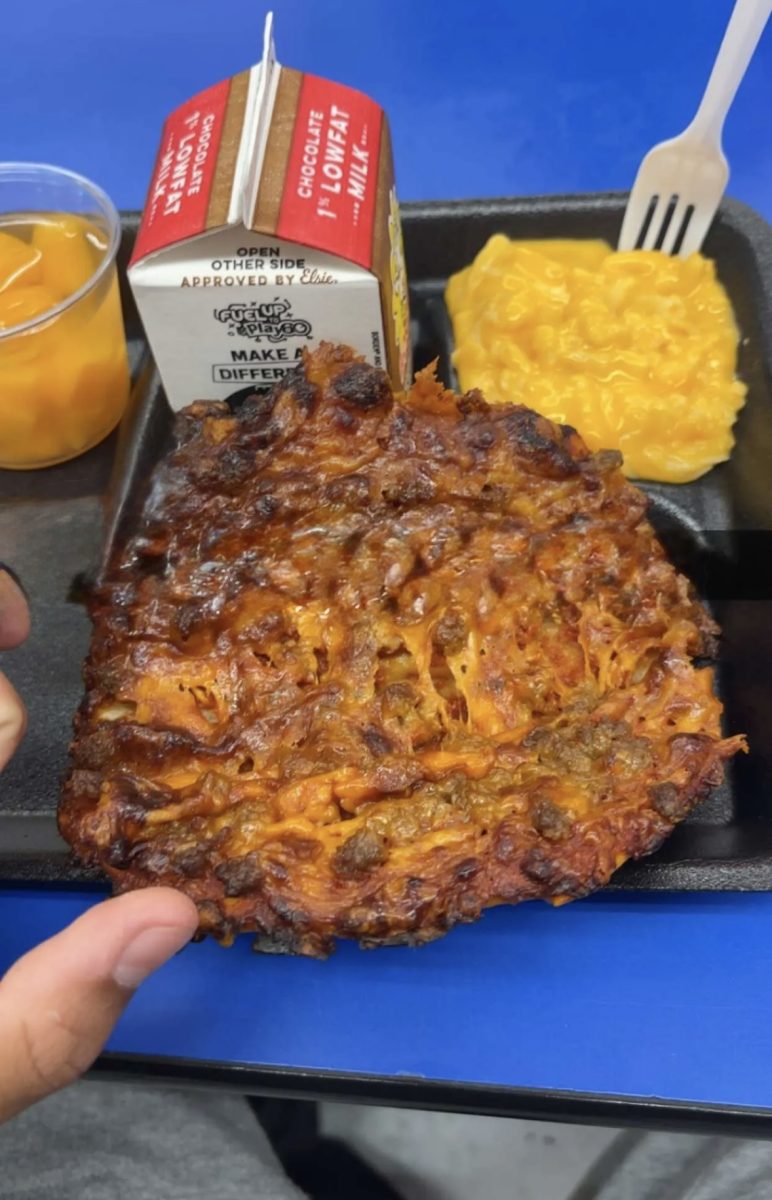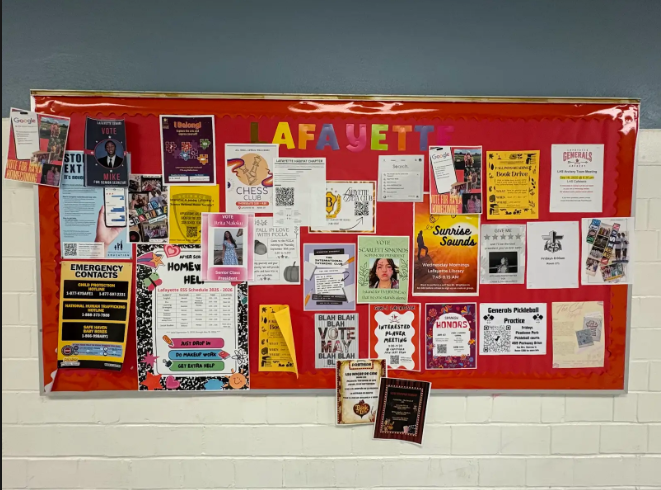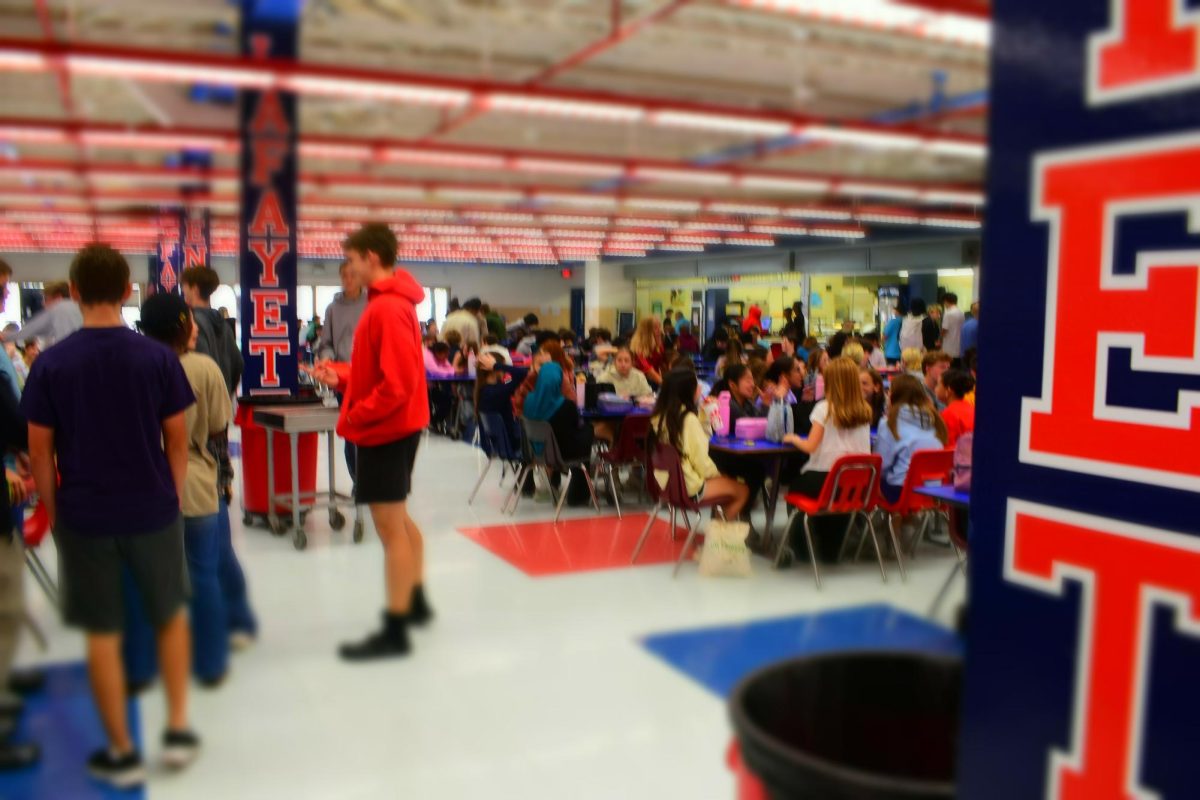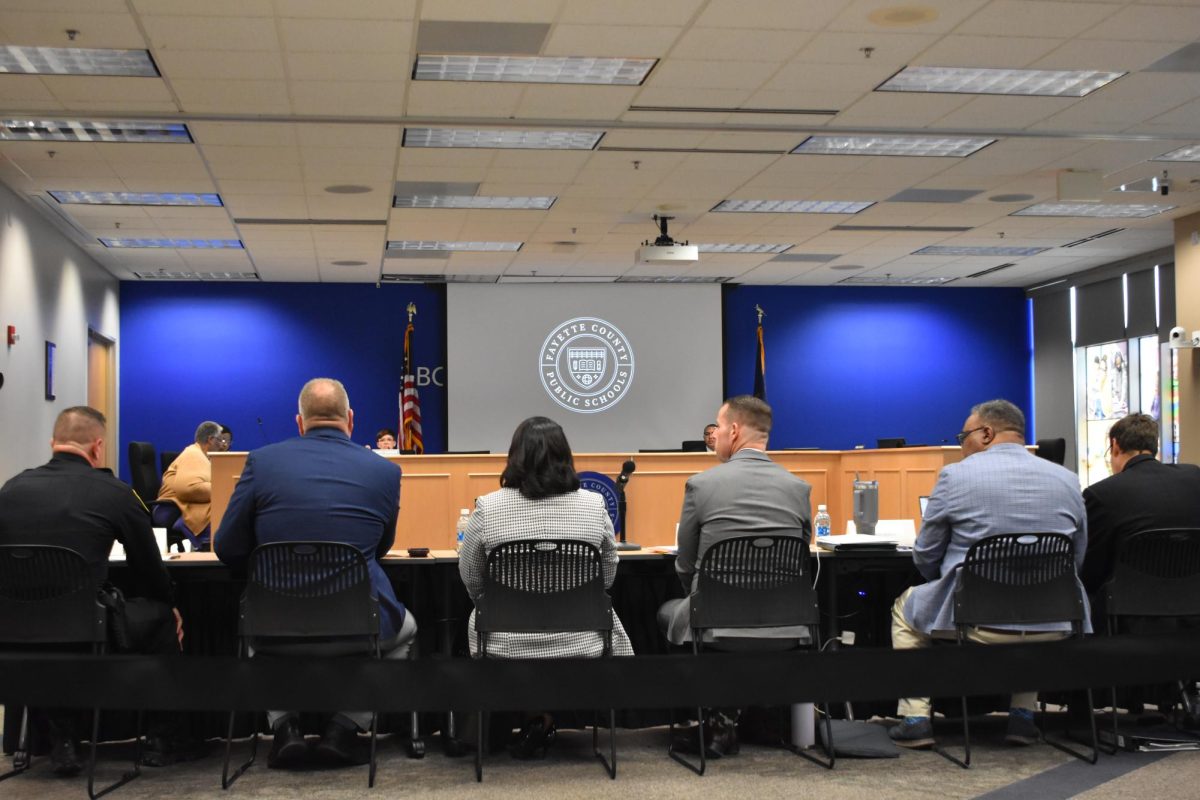Lafayette High School serves lunch to thousands of students every day. With options like pizza, french fries, salad bars, and fruits. What guidelines is the school required to follow when considering what to serve? The Lafayette Times interviewed Mr. Wallace, the cafeteria manager, in the school cafeteria on September 22, 2025, and learned about these guidelines and the restrictions they impose on school lunches.
Lunch at Lafayette costs $3, and people’s opinions on the cost—whether it is worth it—may vary, but realistically, a lot goes into that price. According to James Wallace, the cafeteria manager, the cost of goods for the lunches costs around $1.78 per lunch. That leaves an estimated $1.23 for labor (Cafeteria Workers) and maintenance costs. Wallace says that the cafeteria doesn’t receive funding from the school board and works with what it has. Funding for school lunches comes from federal and state government sources. It is a very tight budget, but the Lafayette cafeteria staff are self-sufficient and make it work.
Lafayette’s cafeteria generates profit from snack and drink sales. Some of these options include Rice Krispies treats, different types of potato chips, such as baked Lays and low-fat Doritos, and beverages like ICEE drinks and various sizes of water. Prices for chips and Rice Krispies are $1 each. Drink costs vary from $1-2. This money also goes towards the cost of school lunches and labor. The snack sales help fill the gaps, so the cafeteria team doesn’t go into a deficit.
The USDA conducts a routine check every 4 years to ensure that schools are following the school lunch guidelines. As stated in The Summary of Provisions in the Child Nutrition Programs,” Research shows that school meals are the most nutritious food source for American School children…” Guidelines are provided for all food groups, including grains, dairy, meat, fruits, and vegetables.
Although many talk down on school lunches and the quality of the lunches provided, there is a deeper layer that many people don’t see. The cafeteria workers aren’t given a lot to work with financially. They have many guidelines to follow for the health of the food we are given at lunch. These guidelines include how much protein is in a meal, the type of vegetables they give, how many times they give potatoes in the week, and even they have to use orange foods twice.
With a small cost of $3, they have a lot to cover: they not only have to pay for food but also the cafeteria workers’ pay, any machine maintenance, and food for free and reduced students. Selling snacks helps keep them stable. Overall, school lunches are healthy, and the cafeteria staff work hard to make them sufficient.










